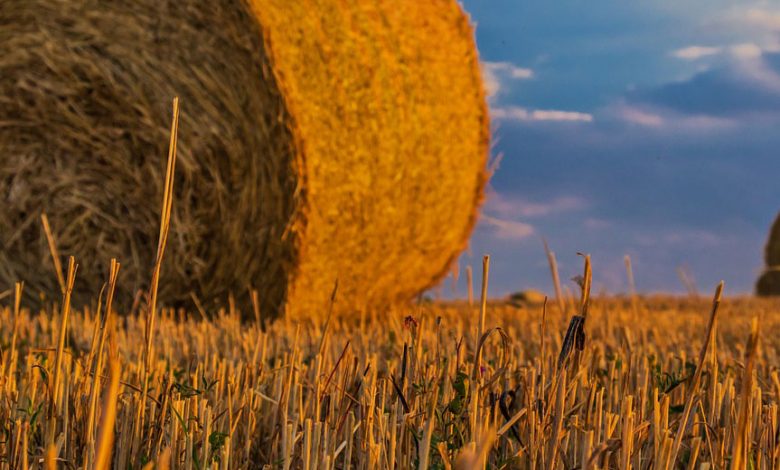
Feed Sampling and Ration Balancing for Winter
By Alicia Sopatyk, PAg, Livestock and Feed Extension Specialist, Tisdale
Winter feed is the most talked about variable in the cost of production for livestock. A balanced ration can help minimize overall feed costs and it all starts with feed testing. Here are a few reminders to set your operation up for success this fall.
How to collect a sample?
A representative sample is required for baled forages or pit silage. A forage probe is the best option for collecting a representative sample. For swath grazing or stockpiled forages, grab samples are an option. Forage probes are available to borrow from Ministry of Agriculture regional offices and participating Saskatchewan Crop Insurance Corporation Offices. Collect samples from 15 to 20 locations within each lot of feed. Subsample to fill a large 8 x 10 zip lock bag, per lot of feed. When sampling probing bales, push or drill the probe into the twine side of the bale. When sampling silage, remember to seal the pit or wrap tightly after every sample. Label bags clearly using permanent marker with the type of feed, name of field and date of sampling. Freeze silage and any fresh forage samples prior to shipping to avoid spoilage on route.
Where to send samples?
There are several different labs where feed samples can be sent. Private nutritionists or feed companies may offer feed testing services. You can also speak with your regional livestock and feed extension specialist about opportunities for feed testing and ration balancing.
What test package to choose?
There are several different test packages to choose from, depending on which lab you send samples to. Some key parameters to test for include energy or total digestible nutrients (TDN), crude protein (CP), neutral detergent fibre (NDF), pH, nitrates and sulphur. There are also options for different mineral panels, toxins and other anti-nutritional factors. If you are unsure about which test to select, contact your local livestock and feed extension specialist or nutritionist.
Additional resources?
Testing is the first step in determining feed quality. Remember that turn-around times to receive results from the lab can vary. Allow ample time between sampling and use of the feed in the event alternative plans need to be put into action. For more information about testing feed or water and ration balancing, contact your local regional office or the Agriculture Knowledge Centre at 1-866-457-2377.
For the latest information and for more updates on everything Kindersley ‘Like’ the Kindersley Social Facebook page below…








































